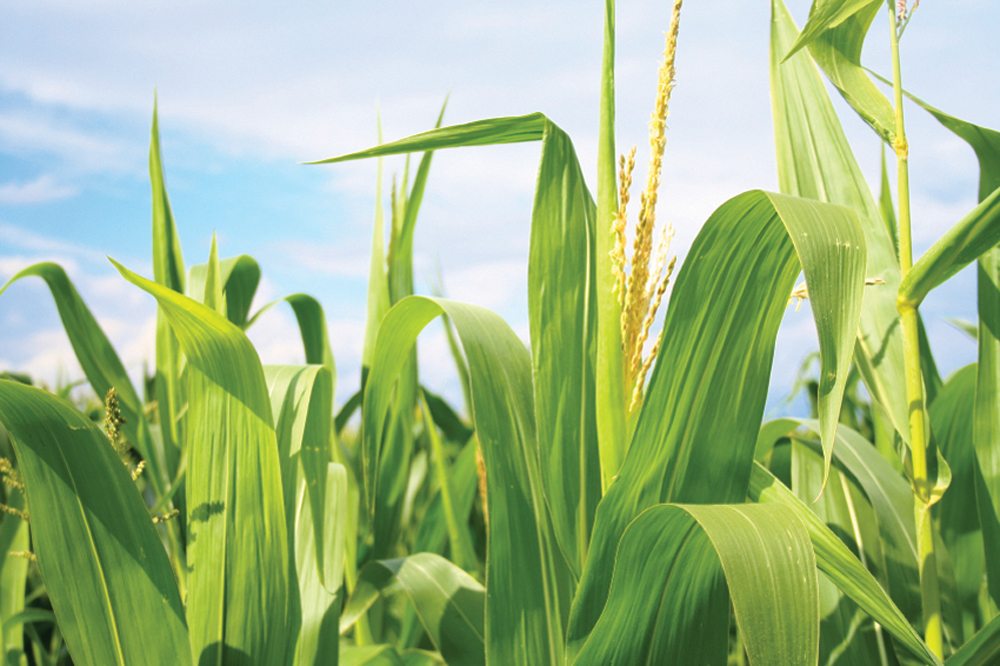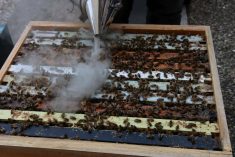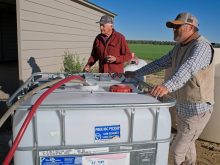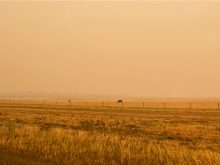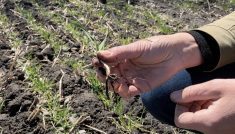With seeding time fast approaching, now is a good time to take note of two corn diseases that could pose challenges to growers in 2018.
One disease that has received a lot more attention in recent years is goss’s wilt, a bacterial disease of corn. Damage from sand-blasting, rain, strong winds or hail can cause wounds on plants that create entry points for the disease.
Foliar symptoms — elongated, water-soaked lesions with dark “freckling” — typically appear in late July, throughout August and into early September.
You will tend to have seasons where goss’s wilt shows up with a vengeance and catches growers off-guard, and other seasons where it isn’t nearly as widespread. For instance, we didn’t see too much goss’s wilt infection in 2017 due to dry conditions. However, in 2016, we had plenty of moisture and humidity, which helped the disease spread throughout Manitoba and into parts of Saskatchewan.
Read Also

Claas brings 1000 Series SP forage harvesters to Canada
In mid-August, Claas unveiled its new line of Jaguar forage harvesters at an event in Visalia, California, deep in the heart of that state’s dairy region.
And if we get the right mix of severe weather events, susceptible hybrids and a wet, humid summer this season, we run the risk of seeing high goss’s wilt infection.
Because goss’s wilt is a bacterial disease, it can’t be managed with foliar fungicides. Instead, choose hybrids with good field tolerance, practice good crop rotation, and manage your crop residues to break down and reduce disease inoculum.
Another prevalent disease to watch for this season is fusarium stalk rot, which is caused by several fusarium species. Fusarium stalk rot fungi can survive for several years in soil and crop residues and infect plants through roots or wounds on stalks and leaves.
Severe dry conditions can cause the corn plant to cannibalize stalk tissue and redistribute carbohydrates to fill developing ears, which makes plants more susceptible. The lower stalk eventually becomes yellowed, and plants may die off early and lodge as the internal stalk tissues rot away.
Hybrids that provide tolerance to other stalk rot diseases usually offer protection from fusarium stalk rot as well. Also, any practices that reduce the potential for crop stress or injury can help reduce the likelihood of fusarium stalk rot damage.
Staying one step ahead of these diseases involves considering the pathogen, susceptible host (your corn crop) and environment.
If you can remove at least one of those three variables through hybrid selection, crop rotation and good crop residue management, you’re helping to break down disease inoculum and reduce disease pressure in seasons where environmental conditions might be ideal for infection.
Michael Weir is an agronomist with Corteva Agriscience, Agriculture Division of DowDuPont.

